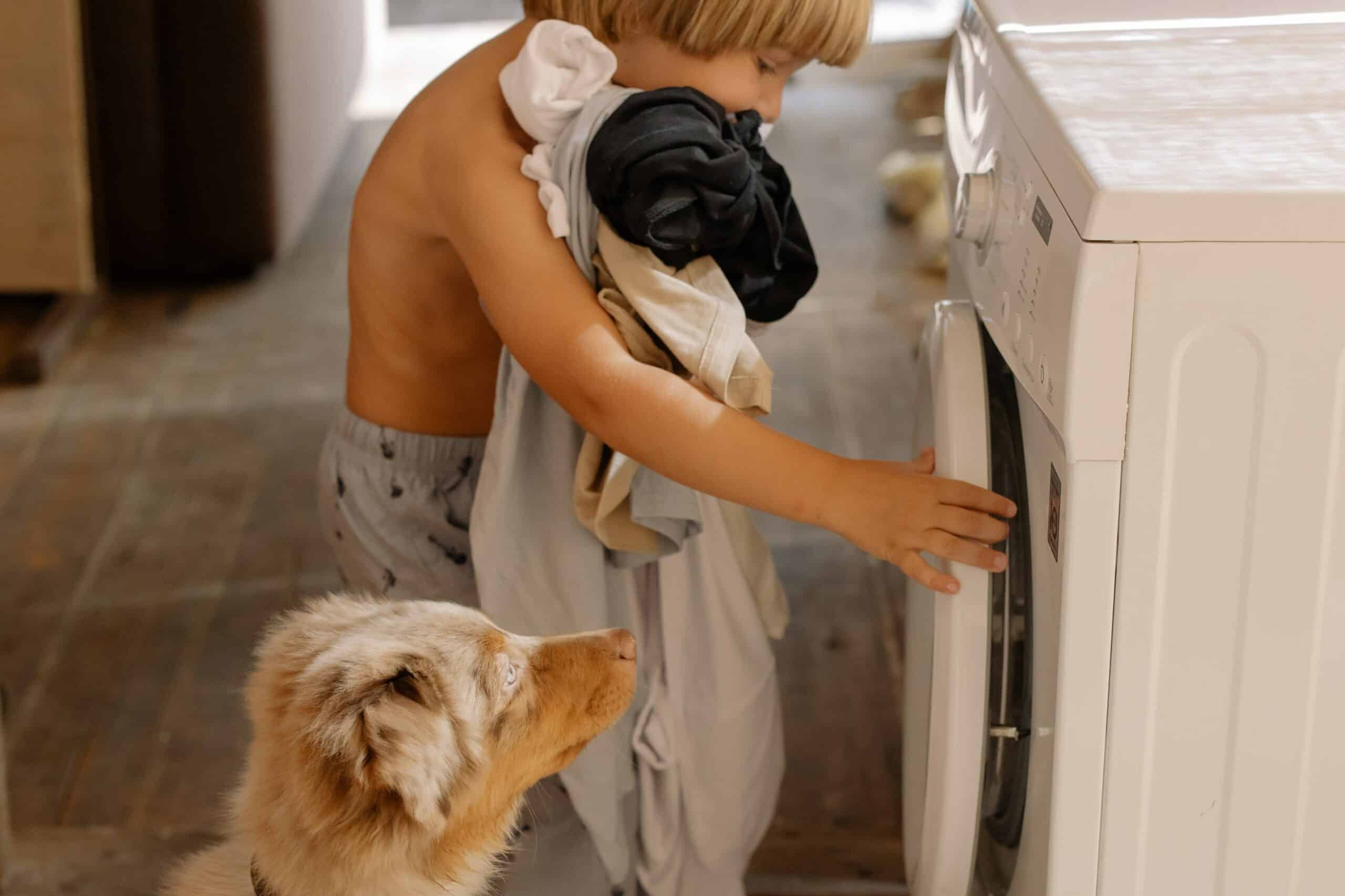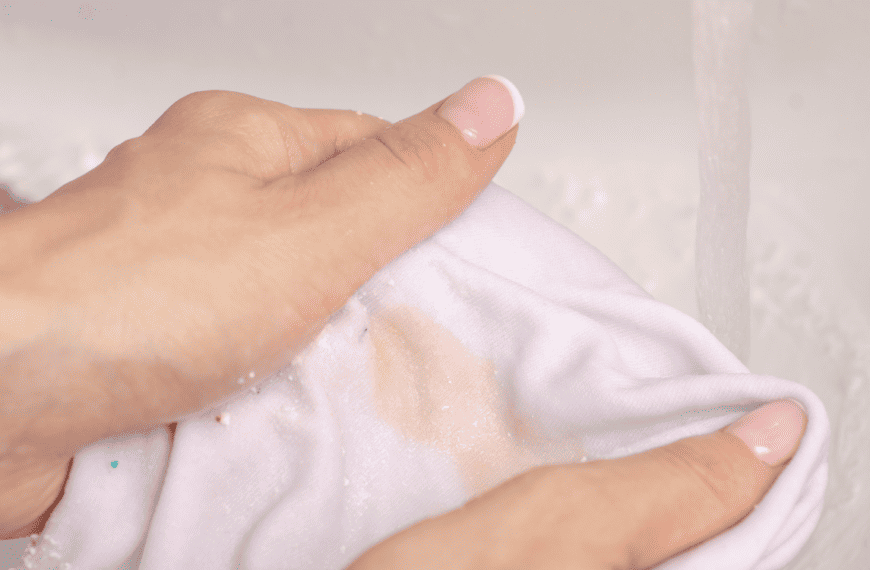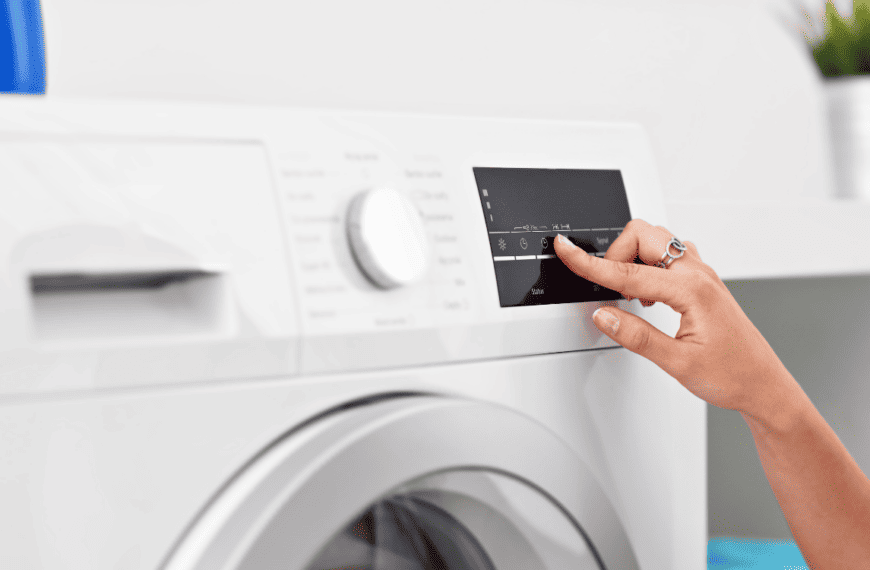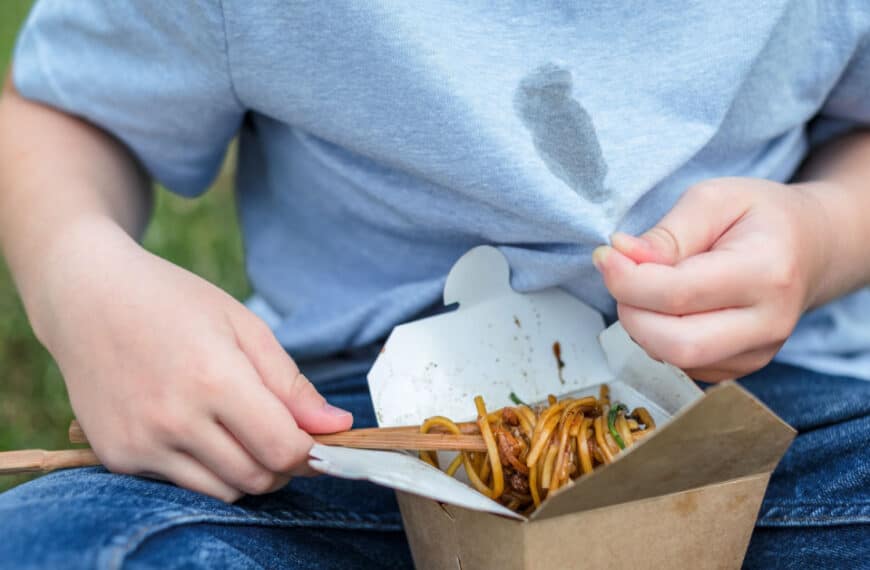Many of us couldn’t stand putting on dirty clothes to start the day, but keeping a clean wardrobe is one task most people would still rather avoid. Over two-thirds of young adults dread doing laundry. For most, its time-consuming nature and the tedium of the tasks make the daily chore one of their most unbearable responsibilities.
With that level of disdain, any shortcut to get through the daily laundry is welcome, including chucking the wet clothes from the washer indiscriminately into the dryer. While you may be saving yourself time, you could also be damaging your clothes. Read on to learn why separating your white clothes from your colored clothes before drying can protect your favorite garments.
Can You Dry Whites and Colors Together?
Separating laundry into white and colored clothes piles can protect your clothing in the washer and the dryer. Color bleeding can occur as long as clothing is slightly damp. The heat of the dryer, similar to hot water in the washing machine, will open the fabric and make it easier for the dye to escape and transfer to another material.
Color Bleeding in the Dryer
Certain clothing can be more prone to transferring dye, even after several washes. Red is notorious for bleeding, as new clothes readily turn white clothes to varying shades of pink. In many cases, extra-dark colors and bright whites will cause some amount of color transfer, which is especially common if the manufacturer made mistakes during the dying process, including:
- Using too much dye or improperly rinsing after dying
- Using the incorrect dye or technique
- Not using mordant or dye fixer during the coloring process
- Adding color with cheap dyes
Color bleeding in the dryer is an essential consideration that many don’t regard, even if they take steps to prevent dye transfer in the washing machine. Although you might protect the garments by using cold water, the dryer heat can open the fabric and cause your dark clothes to shed color onto your light clothing.
Crocking in the Dryer
Alongside bleeding from slightly damp dark clothes, crocking can also occur in the dryer. Different colored garments rub against each other and transfer dyes via abrasion. If you’ve ever had light blue couch stains from sitting in jeans, you know the problems crocking creates. Fresh color, particularly from denim, napped materials, and pile fabrics, is prone to crocking in the dryer as the tumbling action causes continuous contact between light and colored garments.
Should You Separate Clothes By Color?
Traditional knowledge says that you should wash whites and colors separately, but there’s more to worry about than colored clothing lending its hues to your lighter articles. While separating different colored clothes like whites, bright clothing, light clothes, and dark garments will protect the color, a disharmonious mix of fabrics can wear down and dull your laundry.
The best course of action for safely drying clothes includes separating them by color and material. Colors bleed, but bulky or coarse items can also damage delicate fabrics. Abrasive denim could wear down the material of a lighter cloth, and anything with a zipper can rough up other clothes. Meanwhile, heavy and thin items will dry at different rates, resulting in under or over-dried articles, which could end up damaging finer fabrics.
Tips to Prevent Clothing Damage in the Dryer
Separating by color, weight, and the material will stop your clothes from harming each other, but optimizing the washing and drying process for each garment doesn’t stop there. With better drying practices, your clothing will last longer, look better, and feel more comfortable. Separate whites, darks, and light colors, then follow these tips to get the best drying results.
Read Garment Labels
Before washing and drying anything, checking the care label is crucial. Many materials can’t manage high temperatures or the rotating action of a tumble dryer, either facing fabric wear or shrinkage that can ruin clothes after one cycle. Natural fibers, such as wool, rayon, 100% cotton, and silk, are prone to shrinking and warping, while Lycra and spandex can lose elasticity and performance.
Care labels will tell you the best drying method and temperature, making it easier to sort laundry according to color and compatible drying needs. The following are common drying symbols you may see on your clothes tag:
- Circle inside a square: Tumble drying allowed
- X over circle and square: Do not tumble dry
- Circle with one dot: Dry on low heat
- Circle with two dots: Dry on medium heat
- Circle with three dots: Dry on high heat
Other symbols include squares with various hash marks to define alternative methods, such as line drying or drip drying.
Turn Items Inside Out
Turning your laundry inside out before tossing them in the wash can protect the look of your items in several ways, even if you accidentally wash whites and colors together. The interiors won’t transfer dye as readily, and any bleeding will start on the inside, reducing its effect where people might see it. Crocking from colored clothes won’t be as problematic.
Abrasive damage will decrease when you turn your items inside out. Worn fibers on the inside of the garment won’t be apparent from the outside, and any turned-in zippers and buttons will limit the chances of them snagging, tearing, or rubbing against other clothes.
Line Dry as Much as Possible
Drying on the line will help you save time while saving your garments. Set up a clothesline outside to take advantage of the drying and disinfecting power of the sun. You can also use an indoor rack for colors that might fade. Doing more line drying will lower your energy usage and free up space in the dryer for items that need it. When you have to put fewer items in it, you’ll reduce damage to those garments and help them dry much quicker.
Line drying is an excellent idea for nearly any item. When you air dry white clothes on the line, the sun’s bleaching ability will enhance their brightness. Meanwhile, drying black clothes on an indoor rack will prevent fiber damage that can make the material look worn and faded. The best part is that you can arrange chores for the kids focused on hanging up and taking down drying clothes without worrying about them fiddling with an appliance.
Get Housekeeping Help with Your Laundry
Sorting laundry will make an enormous difference in the look and feel of your clothes, but it will take more time and energy to pull off. Washing clothes is tedious enough. Adding the need to separate your heavy, light, white, and colored clothes can only make it more intolerable for most of us.
To get the incredible benefits of better laundry practices without the extra effort, schedule a professional housekeeper with Anita’s! Request a booking with a local expert today, and see how easy it is to get the help you need with our hassle-free system.









